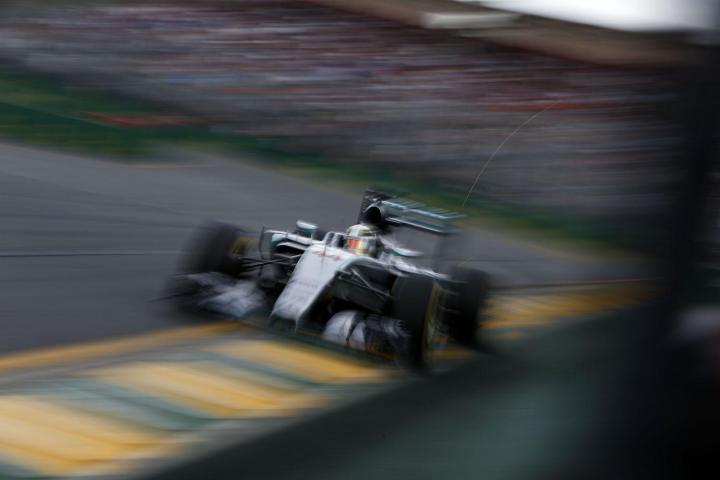
The first race of the season was not without its share of issues, even before things got underway. First, for all the effort that went in saving the team from the brink and getting it race-ready for Melbourne, Manor Marussia did not field either cars during practice or qualifying as a computer software problem bricked the team’s interim race cars.

“We have come such a long way in an incredibly short space of time, so to miss out on qualifying is of course very disappointing,” team principal John Booth told Reuters.
At least they were spared the indignity of having cars break down before the race even started. Red Bull’s Daniil Kvyat was sidelined on his way to the grid by a failed gearbox and McLaren’s stand-in for Fernando Alonso Kevin Magnussen had his Honda-powered racer give up on him shortly after leaving the pit.

This was a continuation of a string of bad luck that McLaren has been suffering. It was a race that was to mark a season heralding the return of Honda engines and Alonso to the driver’s seat, but a winter testing crash sidelined the former Ferrari driver and constant issues with the new powerplant plagued the team. Williams was also down a man due to injury as Valteri Bottas suffered a back injury during qualifying. Since no other reserve driver got official laps in during the weekend, they were ineligible to fill the seat, forcing Williams to grid Felipe Massa on his own.
With the ragged race finally underway, the remaining 15 cars saw even more of its number picked off by further incidences. The Mercedes AMG GT S safety car quickly debuted after Pastor Maldonado’s Lotus was spun during the opening scrum of lap one, taking him out, with his teammate Romain Grosjean forced to retire his car due to power failure before the lap was up.

Racing finally got underway shortly thereafter, mostly incident free. Reigning champion Lewis Hamilton and teammate Nico Rosberg pretty much picked up where they left off last season, sprinting far ahead of the track and having a lonely, incident-free race from start to finish, where they crossed the line in the same order. Following them by a whole 34.5 seconds was Sebastian Vettel, happy to podium on his debut race as a driver for Ferrari while Filipe Massa took the Williams team to a fourth place spot.

Behind him was breakout star of the race Felipe Nasr who landed in fifth place on his debut race for Sauber F1, netting the team its first points since the 2013 season. Fittingly, last year’s surprise star, Daniel Ricciardo, slotted in behind him in sixth place in his Red Bull racer.
17-year-old Max Verstappen was on deck to smash a few records on his debut F1 race. As the youngest driver in F1, he was on his way to score points on his first race, until engine failure claimed his Toro Rosso car as well, leading to the saddest walk back to the pits we’ve ever seen.
While his teammate was making good on his promise to turn Ferrari around, the team hindered Kimi Räikkönen through some rough pitstops that eventually led to his retirement. The first stop saw him languish in the pit lane as the crew struggled to fasten his left rear wheel, and on the second stop, issues with the same wheel saw him released with things not properly fastened, and he was forced to pull over and call it quits.

At this point, 11 race cars remained on the grid, meaning that all but one of the surviving cars would score points for their teams. That dishonor went to McLaren, who at least saw Jensen Button make it to the end of the race, a feat they themselves recognize as an achievement.
The race concluded as bizarrely as it started when Arnold Schwarzenegger appeared to conduct the post-race interviews with the day’s winners as they stood beguiled on the podium. Thankfully, being at an annual event allowed him to work in an “I’ll be back” before vanishing, presumably to ask team engineers to solve the riddle of steel.

In the end, we were treated to some surprises from the rookies and a mess of mechanical disappointment that cut a mean swath through the grid. Here’s hoping that by the Malaysian Gran Prix, all the cars and drivers will be accounted for, making for a proper-season kick off.
Click here for the official results



